Some garden pests are obvious—the kind you catch chewing leaves or crawling across stems in broad daylight. But the real troublemakers? They work invisibly, at night, or underground, slowly weakening your plants before you even notice the damage. By the time you see the symptoms—wilting leaves, yellowing, stunted growth—they’ve already done serious harm.
These 22 sneaky pests are masters of disguise, from tiny mites that suck plant juices to boring insects that tunnel through roots. The good news? Once you know what to look for, you can stop them before they take over your garden. Here’s how to identify, control, and prevent these silent destroyers from wreaking havoc on your plants.
Flea Beetles
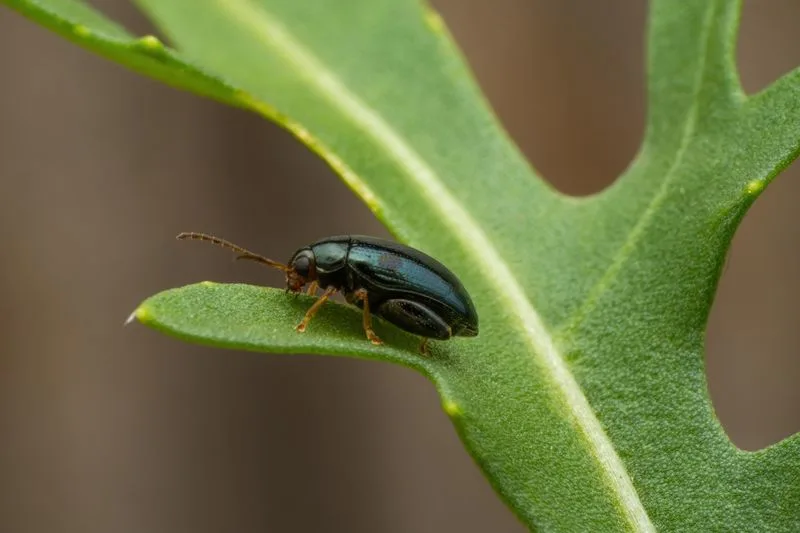
Despite their small size, flea beetles pack a punch by chewing tiny holes in leaves. This damage can stunt plant growth, particularly in young seedlings. Quick to jump when disturbed, they can be hard to catch. Employing floating row covers can shield plants from these jumpy foes while using yellow sticky traps can help monitor their presence. Regularly checking the undersides of leaves for eggs is another proactive measure. Companion planting with herbs like basil or mint can naturally deter them. Staying vigilant is key to minimizing their impact and ensuring your garden’s success.
Cutworms
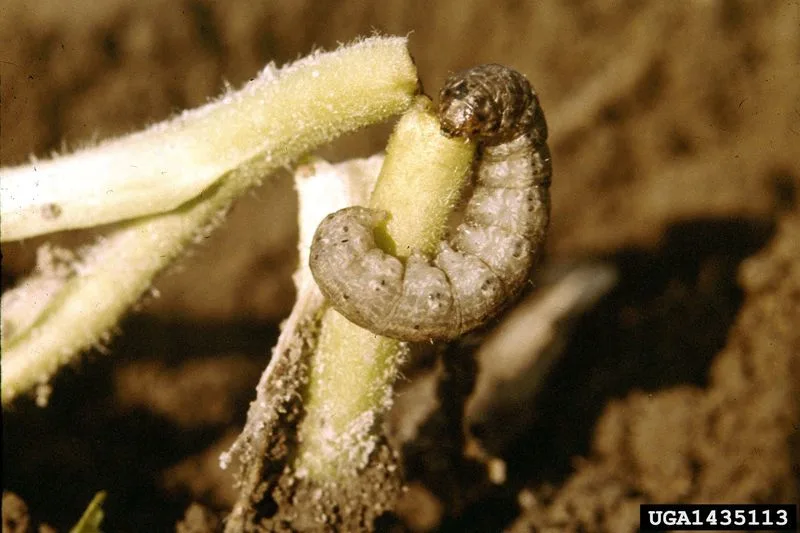
Cutworms, often active at night, can sever seedlings at the soil line, causing immediate plant collapse. These larvae curl up when disturbed and are often found in the soil during the day. Preventive measures include creating collars around seedlings using cardboard or aluminum foil. These barriers deter cutworms from reaching tender stems. Additionally, turning the soil before planting can expose and reduce their populations. Birds and beneficial insects, like parasitic wasps, also help control these pests naturally. Consistent monitoring and early intervention will protect young plants from unexpected attacks.
Aphids
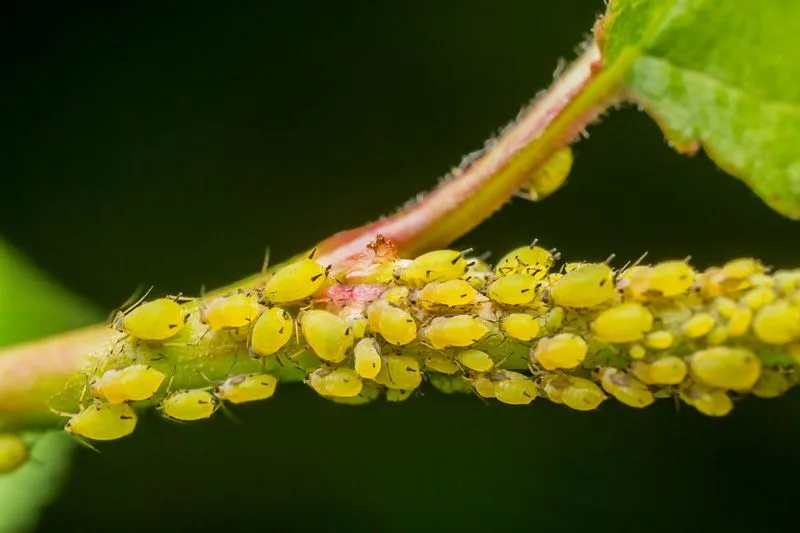
Clusters of aphids can be found on new plant growth, where they suck sap and excrete honeydew. This sticky substance attracts ants and can lead to sooty mold. Regularly inspecting plants and spraying them with a strong jet of water can dislodge these pests. Introducing beneficial insects like ladybugs and lacewings is an effective biological control method. Planting garlic or chives nearby can also deter aphid infestations. Ensuring plants are healthy and not over-fertilized helps reduce their attraction to aphids. Maintaining a balanced garden ecosystem keeps these common pests in check.
Spider Mites
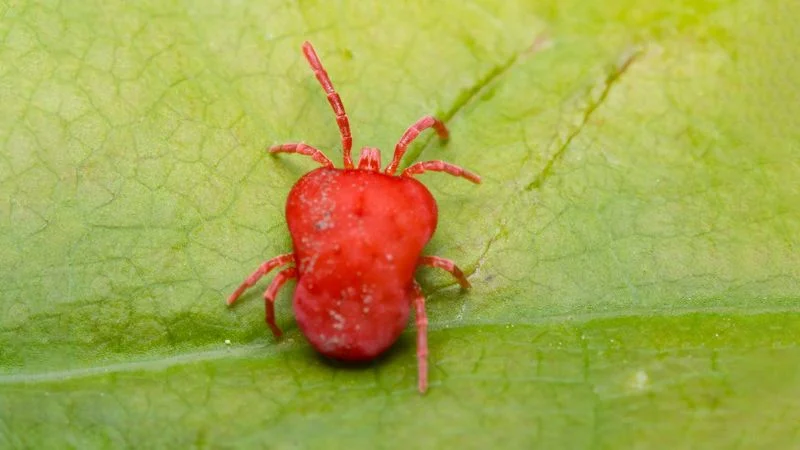
Spider mites are tiny but can cause significant damage as they suck plant juices, leading to stippled leaves and webbing. Hot, dry conditions favor their rapid multiplication. Keeping plants well-watered and reducing dust on foliage can discourage their spread. Introducing predatory insects like Phytoseiulus persimilis can naturally reduce their numbers. Regularly spraying foliage with water or insecticidal soap can also help. Early detection is crucial for effective management, as infestations can quickly escalate. Encouraging natural predators and maintaining humidity are key strategies to thwart these tiny invaders.
Thrips
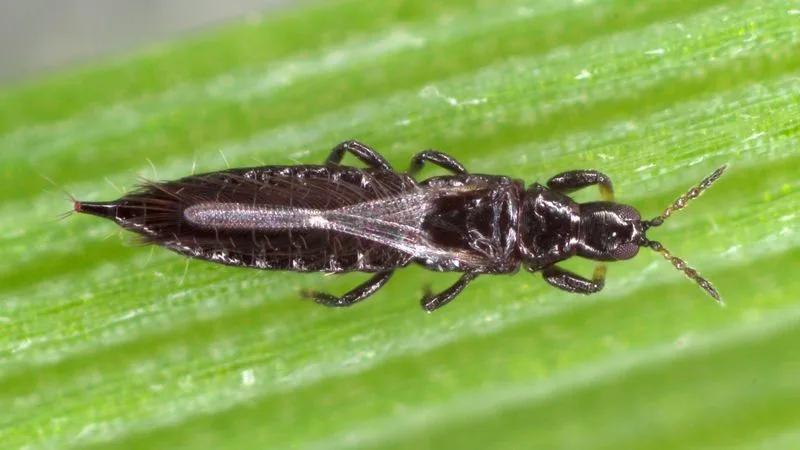
Thrips are tiny, slender insects that scrape plant surfaces to feed, leading to silvery, scarred leaves. They can also transmit plant viruses. Blue sticky traps are effective for monitoring their presence. Introducing natural predators like minute pirate bugs can keep populations in check. Regular applications of neem oil or insecticidal soap can also be effective. Keeping the garden free of debris and weeds reduces hiding spots for these pests. Early identification and intervention are vital, as thrips can cause extensive damage quickly. An integrated approach is essential to manage these persistent pests.
Slugs and Snails
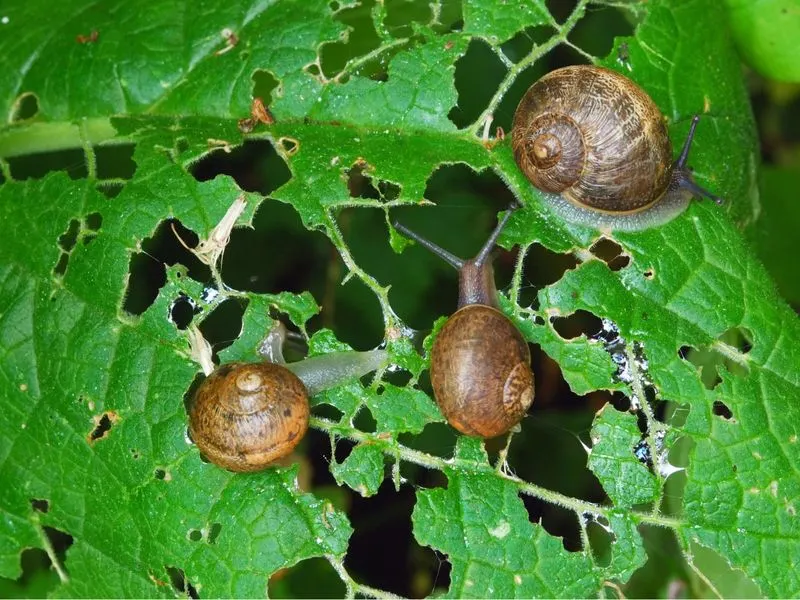
Slugs and snails leave a trail of destruction on plants, especially after rain. They chew irregular holes in leaves and can decimate young plants overnight. Hand-picking at dusk or dawn is effective but labor-intensive. Using barriers like copper tape or diatomaceous earth can deter them. Encouraging natural predators like birds and frogs provides long-term control. Beer traps are a popular method for luring and drowning them. Keeping the garden tidy and removing debris reduces their hiding spots. Combining several tactics can effectively manage these slimy nuisances and protect your plants.
Whiteflies
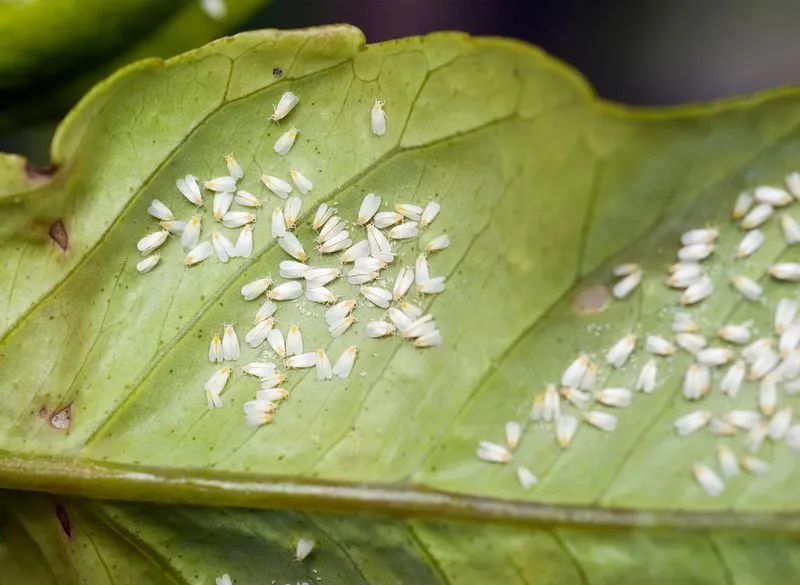
Whiteflies, tiny winged insects, congregate on the undersides of leaves, sucking sap and excreting honeydew. This can lead to sooty mold and weakened plants. Yellow sticky traps are an excellent tool for monitoring infestations. Introducing natural enemies like Encarsia formosa can help control whitefly populations. Regularly spraying plants with insecticidal soap or neem oil is also effective. Keeping plants healthy and stress-free reduces their susceptibility to whiteflies. Regular inspection and quick action are crucial to preventing these pests from overwhelming your garden. A multi-faceted approach ensures effective management.
Leaf Miners
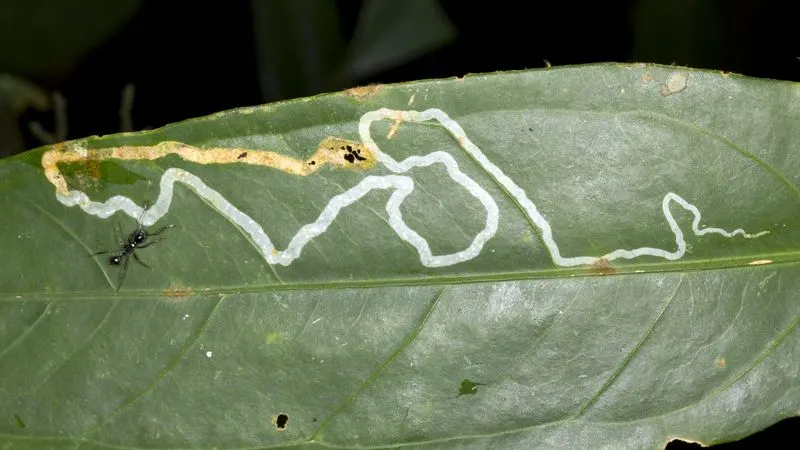
Leaf miners create unsightly trails on leaves as they feed between layers, causing aesthetic and functional damage. Removing affected leaves can reduce infestations, but care is needed to avoid spreading larvae. Introducing beneficial insects like parasitic wasps can naturally control leaf miner populations. Floating row covers can prevent adult flies from laying eggs on plants. Regularly checking plants and using neem oil can also help manage these pests. Maintaining plant health through proper watering and fertilization supports natural resistance. Early detection and intervention are key to minimizing damage.
Earwigs

Earwigs, recognizable by their pincers, are nocturnal feeders often found in damp areas. While they can be beneficial, they may also feed on young plant shoots and flowers. Trapping them with rolled-up newspapers or damp cardboard provides an easy control method. Encouraging birds and toads, natural predators, can help reduce their numbers. Maintaining a dry garden environment with minimal debris reduces their habitats. Balancing their populations is crucial as they also prey on aphids and other pests. Regular monitoring ensures earwigs stay beneficial rather than problematic.
Root Maggots

Root maggots attack underground, feeding on roots and causing plants to wilt and die. Crop rotation is a key strategy to prevent their buildup in soil. Using floating row covers can protect crops from adult flies laying eggs. Applying beneficial nematodes to the soil can naturally control maggot populations. Removing and destroying infested plants is crucial to prevent the spread. Maintaining soil health with organic matter boosts natural resistance against these pests. Consistent vigilance and soil management are essential to preventing root maggot damage, ensuring healthy root systems.
Japanese Beetles

Japanese beetles, with their metallic bodies, feed on a wide range of plants, skeletonizing leaves. Hand-picking them early in the morning is effective, as they are sluggish then. Setting traps away from plants lures them away from the garden. Introducing beneficial nematodes to the soil can reduce grubs, their larvae. Planting resistant varieties and using netting can also protect vulnerable plants. Encouraging birds, such as starlings and crows, helps naturally control beetle populations. A combination of these strategies is essential for managing these shimmering, yet destructive pests.
Cabbage Loopers
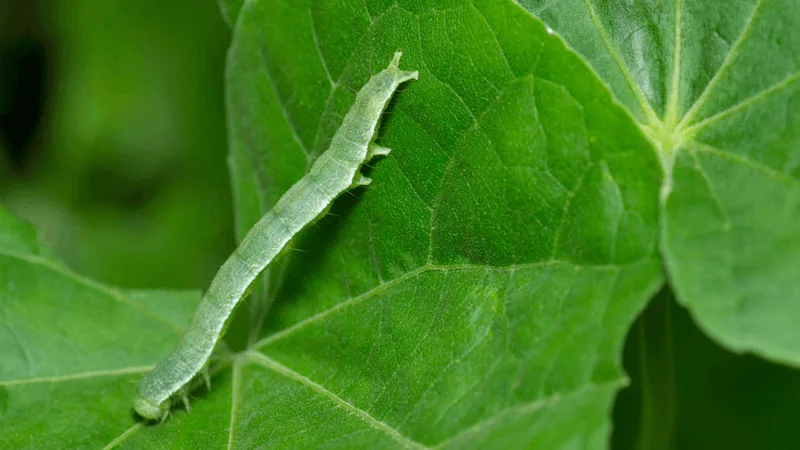
Cabbage loopers chew large holes in leaves, severely damaging crops like cabbage and broccoli. Regularly inspecting plants and hand-picking caterpillars helps control their numbers. Applying Bacillus thuringiensis (Bt), a natural pesticide, targets larvae without harming beneficial insects. Floating row covers can prevent adult moths from laying eggs on plants. Companion planting with marigolds or dill can deter loopers naturally. Keeping the garden clean and free of debris reduces hiding spots for larvae. An integrated pest management approach ensures effective control and robust vegetable crops.
Mealybugs
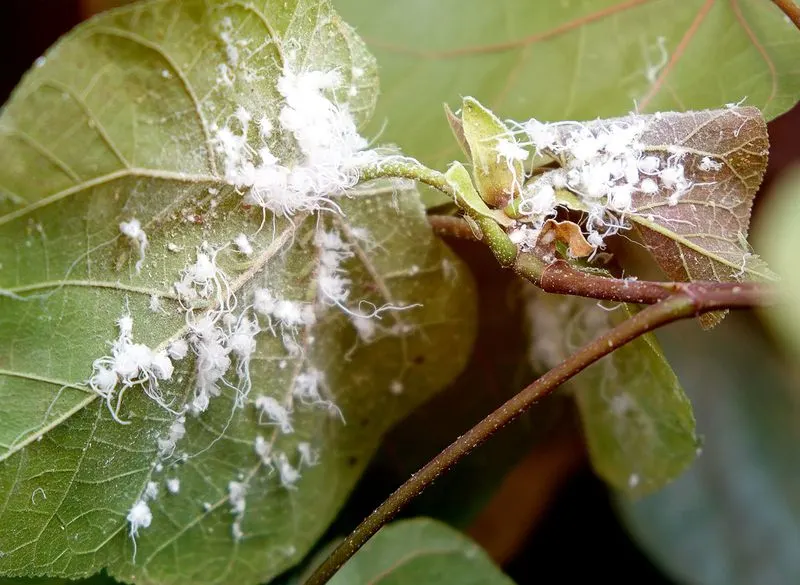
Mealybugs appear as white, cottony masses on plants, sucking sap and weakening them. Regularly spraying plants with a mix of water and mild soap can dislodge and kill these pests. Introducing natural predators like ladybugs can help keep populations in check. Isolating infested plants prevents mealybugs from spreading. Removing heavily infested parts and maintaining plant health through proper care are crucial. These actions, combined with vigilant monitoring, prevent significant damage. Employing these strategies ensures mealybugs remain a minor nuisance rather than a major problem.
Squash Bugs
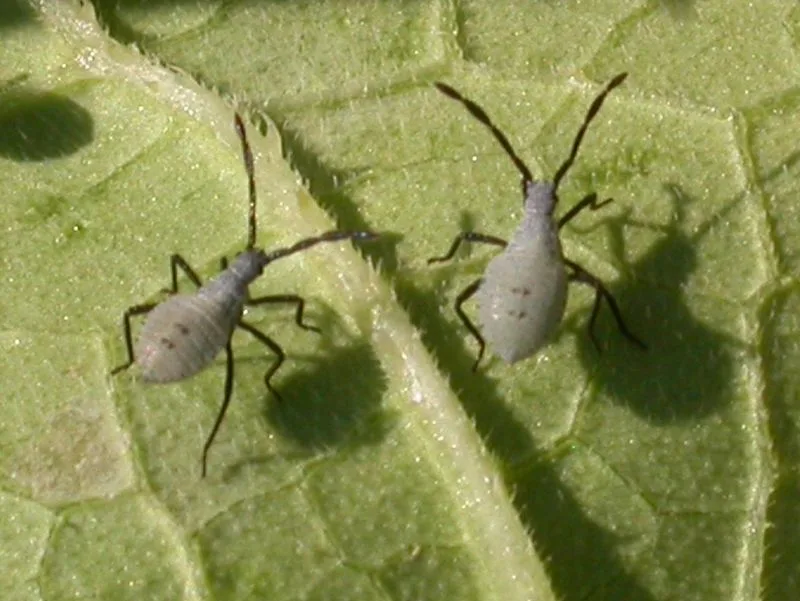
Squash bugs feed on cucurbit plants, causing wilting and reducing yields. Regular inspection and removing eggs from leaves help prevent infestations. Hand-picking these pests is effective, especially in small gardens. Using floating row covers can protect young plants from attack. Encouraging beneficial insects like ground beetles aids in natural control. Maintaining healthy plants through proper watering and fertilization reduces susceptibility to squash bug damage. A consistent, proactive approach is necessary to manage these pests and ensure a bountiful harvest.
Scale Insects
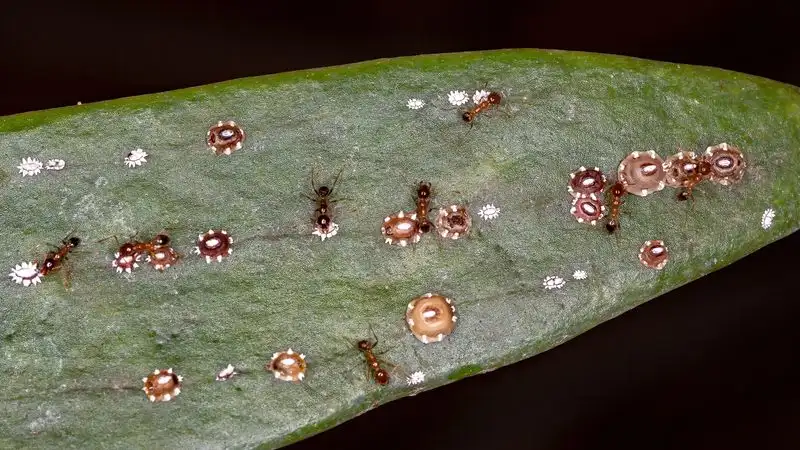
Scale insects, appearing as small bumps, suck sap from plants, weakening them over time. Regularly inspecting and scraping off these scales helps control populations. Applying horticultural oils smothers them and prevents spread. Introducing natural enemies like parasitic wasps can maintain balance. Encouraging birds to visit the garden helps reduce their numbers naturally. Ensuring plants are not stressed and keeping them pruned promotes health and resistance. Consistent monitoring and multiple control methods keep scale insects from overtaking the garden, ensuring vibrant plants.
Leafhoppers

Leafhoppers hop from plant to plant, sucking sap and leaving behind pale, stippled leaves. Removing affected leaves and encouraging natural predators like ladybugs and spiders helps control their numbers. Using reflective mulches can deter these pests by confusing them. Applying neem oil or insecticidal soap provides additional control. Keeping plants well-nourished and stress-free reduces their vulnerability to leafhopper attacks. Regular monitoring and a combination of strategies are essential to managing these energetic pests effectively, preserving plant health.
Vine Weevils
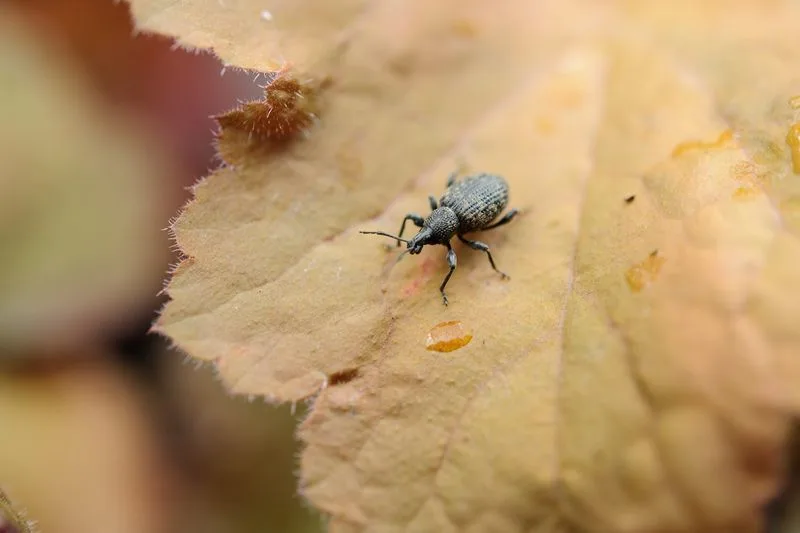
Vine weevils cause damage both in their adult and larval stages, with larvae attacking roots and adults notching leaves. Hand-picking adults at night and using nematodes for larval control are effective strategies. Maintaining clean and debris-free gardening areas reduces hiding spots. Introducing predatory beetles can also help manage populations. Regularly checking potted plants and using barrier methods like sticky traps protect against these pests. Ensuring healthy soil and plant vigor enhances natural resistance to vine weevil damage. A comprehensive approach is vital for managing these persistent invaders.
Corn Earworms
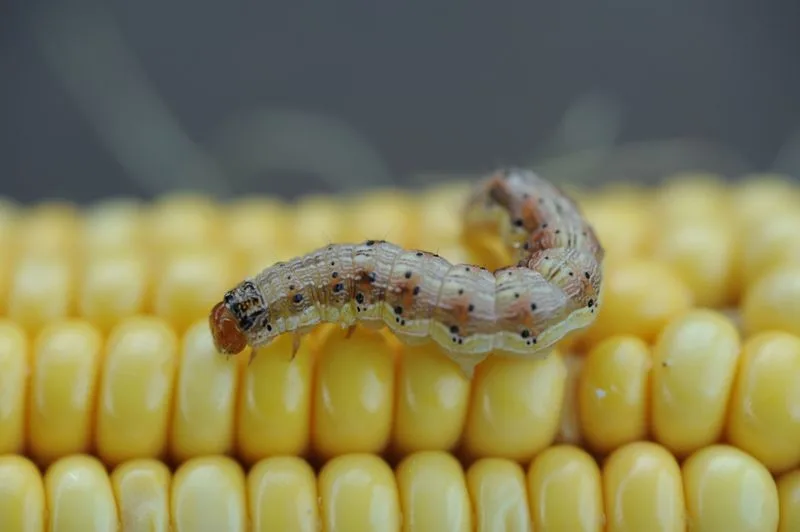
Corn earworms bore into corn ears, compromising yields and quality. Early planting and choosing resistant varieties reduce infestations. Applying Bacillus thuringiensis (Bt) when silk first appears is an effective control method. Using oil on corn silks can deter egg-laying. Encouraging beneficial insects like parasitic wasps helps manage populations. Regularly inspecting corn ears and removing any infested ones prevents spread. Combining these methods ensures protection against these destructive pests, preserving your corn harvest.
Rose Slugs
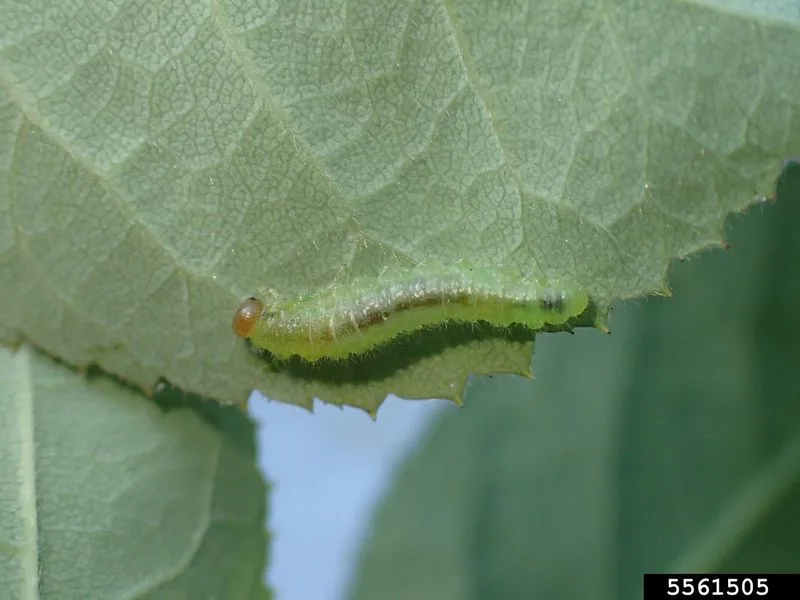
Rose slugs, the larvae of sawflies, skeletonize rose leaves, leaving behind a lace-like pattern. Hand-picking or spraying with a strong water jet can remove them effectively. Applying insecticidal soap or horticultural oil provides further control. Encouraging birds and beneficial insects like wasps naturally reduces their numbers. Ensuring roses are healthy and well-maintained enhances resistance to pest attacks. Consistent monitoring and early intervention are crucial to preventing significant damage from these pests, keeping your roses blooming beautifully.
Cucumber Beetles
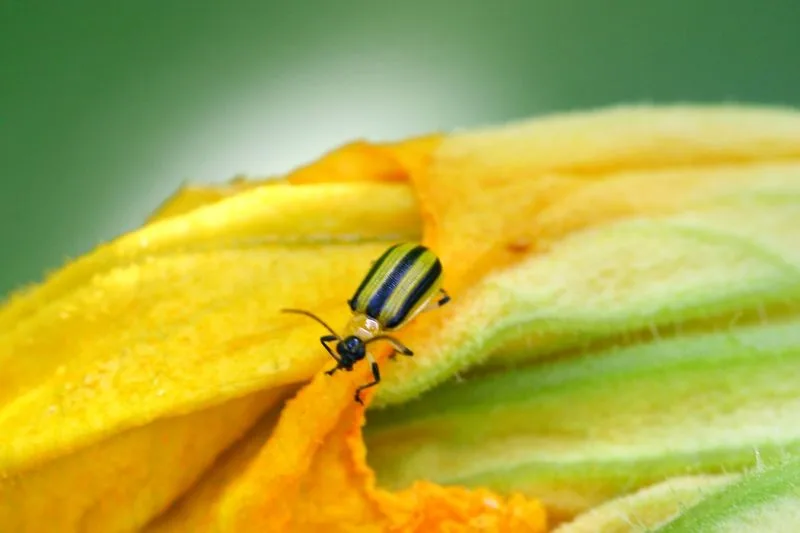
Cucumber beetles chew on leaves, stems, and roots, often transmitting bacterial wilt in the process. Hand-picking and using yellow sticky traps help monitor and reduce populations. Floating row covers can protect plants during vulnerable stages. Introducing beneficial nematodes can control larvae in the soil. Planting trap crops like radishes can lure beetles away from cucumbers. Ensuring plants are healthy through proper care reduces their attractiveness to beetles. A strategic, integrated approach is necessary to manage these damaging pests effectively.
Onion Maggots
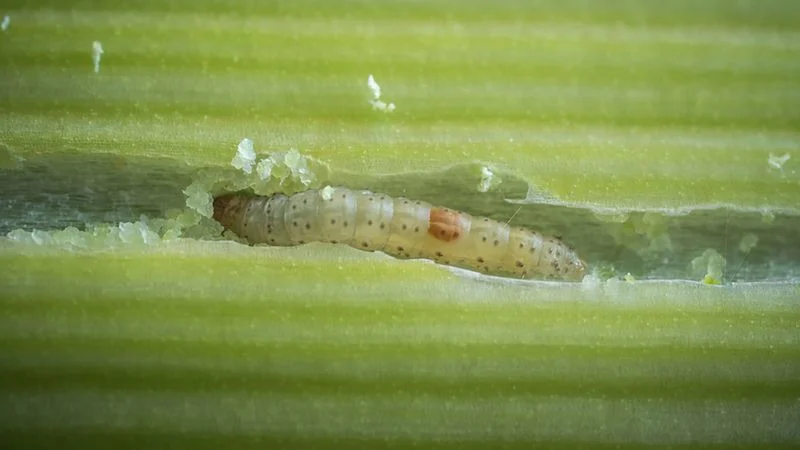
Onion maggots feed on underground bulbs, leading to stunted growth and reduced yields. Crop rotation and using floating row covers prevent adults from laying eggs on onions. Applying beneficial nematodes can naturally reduce maggot populations in the soil. Removing and destroying infested plants prevents further spread. Maintaining soil health and ensuring proper drainage supports plant resilience. Regular monitoring and employing multiple strategies ensure effective management of these pests, safeguarding your onion crops.
Codling Moths
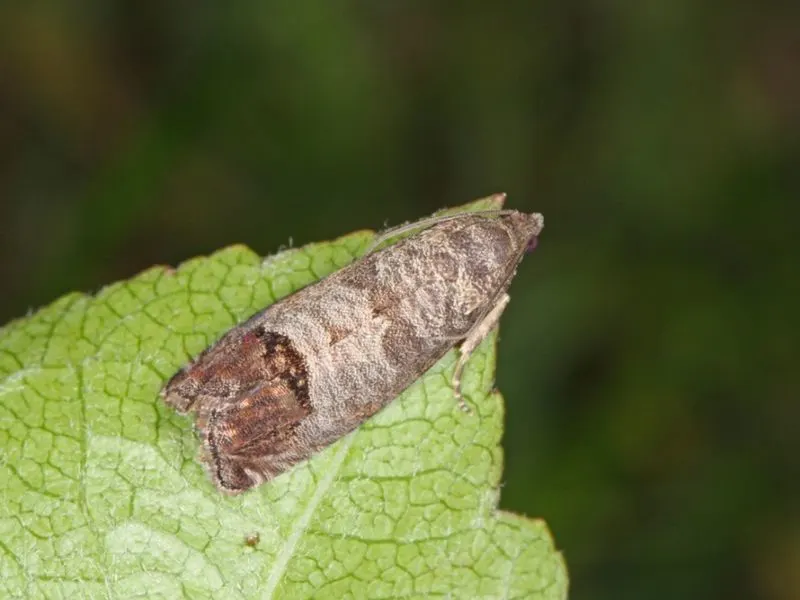
Codling moths lay eggs on apples and pears, with larvae boring into the fruit, causing significant damage. Trapping adults with pheromone traps helps monitor infestations. Using barriers like paper bags around young fruits prevents egg-laying. Introducing beneficial insects like Trichogramma wasps can reduce moth populations. Ensuring proper orchard hygiene by removing dropped fruit minimizes breeding grounds. An integrated pest management approach is essential to protect your fruit harvest from codling moth damage.

